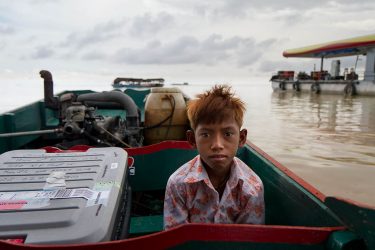
In Southeast Asia along the Mekong River, the debate is over when and how — not whether — dams will be built.
The river and its tributaries support what’s likely the largest inland fishery in the world, worth more than $2 billion annually. Every day, 60 million people or more rely on the Mekong for food and their livelihoods. In the coming years, nearly 100 hydropower dams are slated to be built along the main stem of the river’s 2,700-mile stretch and its connected tributaries.
In a study published Dec. 8 in Science, researchers from the University of Washington, Arizona State University and other institutions have proposed a solution that allows dam operators to generate power in ways that also protect — and possibly improve — food supplies and businesses throughout the Mekong River basin. The proposed solution, the first of its kind, can be applied to other large river systems around the world facing similar tradeoffs.
“One of the challenges in dealing with these systems and environmental change is the conversation is largely stuck in, ‘don’t build dams,’ or ‘yes, build dams,’” said Gordon Holtgrieve, a UW assistant professor of aquatic and fishery sciences. “What this does say is, let’s try to find ways we can work together. This won’t solve all the problems, but let’s work to find solutions.”
Read more at UW Today »
